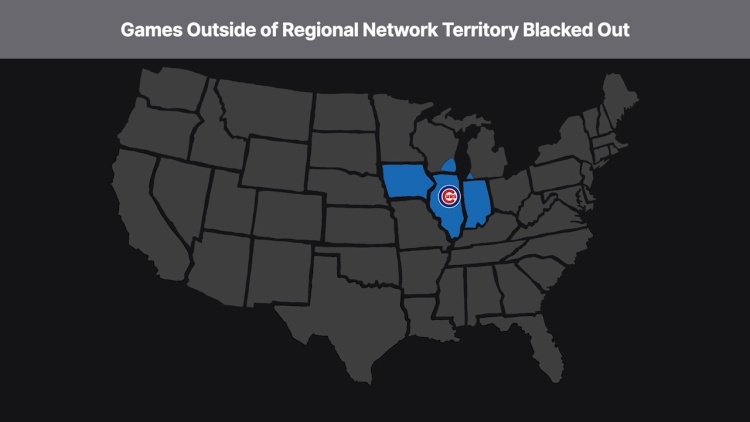Laumann v. National Hockey League
United States District Court for the Southern District of New York
907 F. Supp. 2d 465 (2012)

- Written by Sean Carroll, JD
Facts
Each team in the National Hockey League (NHL) (defendant) and Major League Baseball (MLB) (defendant) owned the initial rights to telecast its games. Most games were telecast pursuant to agreements between teams and regional sports networks (RSNs) (defendants). The RSNs then sold the telecasts to consumers (plaintiffs) through multichannel video programming distributors (MVPDs) such as Comcast and DirecTV (defendants). MVPDs telecast NHL and MLB games to only those consumers that were within an RSN’s designated service area. In other words, through a standard MVPD package, a consumer could watch only the games of his or her local, in-market team. Games of other out-of-market teams were blacked out. However, consumers could also purchase a national package telecasting all out-of-market games. This was an all-or-nothing package in that a consumer could not choose one out-of-market game or team, but was required to purchase all out-of-market games. In-market games were not telecast as part of this package, meaning that the only way for a consumer to view an in-market game was via a subscription to an MVPD. The plaintiffs brought an antitrust suit against the defendants alleging that the agreements harmed competition in violation of the Sherman Antitrust Act. The defendants jointly filed a motion to dismiss.
Rule of Law
Issue
Holding and Reasoning (Scheindlin, J.)
What to do next…
Here's why 899,000 law students have relied on our case briefs:
- Written by law professors and practitioners, not other law students. 47,000 briefs, keyed to 994 casebooks. Top-notch customer support.
- The right amount of information, includes the facts, issues, rule of law, holding and reasoning, and any concurrences and dissents.
- Access in your classes, works on your mobile and tablet. Massive library of related video lessons and high quality multiple-choice questions.
- Easy to use, uniform format for every case brief. Written in plain English, not in legalese. Our briefs summarize and simplify; they don’t just repeat the court’s language.





